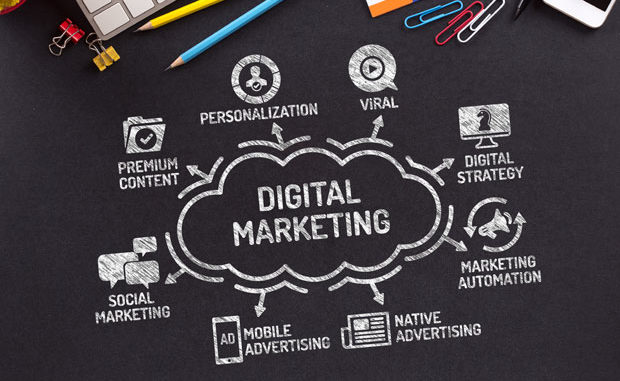
2019 was a busy year for digital marketers, not only because of the array of marketing technology and software hitting the sector, but also the fact that customers were changing the way they searched for and consumed digital media.
Here, we discuss some of our predictions of where digital marketing is heading in 2020, so you can be ready to push your business forward this decade.
Predictive analytics
Consumers are data-hungry, not only engaging with brands over several different channels but also doing a lot of research before making a buying decision. This can be hard for marketers to track as this data consumption can seem unstructured and this is why predictive analytics will be one of the most powerful trends for digital marketing agencies.
Predictive analytics looks at these unstructured brand interactions and compares them to existing data and buying patterns to identify potential leads. It can also predict which channels to use to deliver brand messages and in what order to deliver them.
By utilising past purchase information and click-through behaviours, these systems can personalise the buying experience with recommended products and offers which can be delivered through emails, text messages or in-app messages.
Shoppable social media posts
Shoppable social media posts are not new, in fact, they were first introduced over two years ago, but as integration software becomes more mainstream expect there to be an explosion of shoppable posts in 2020.
Social media platforms such as Facebook, Instagram and Pinterest are now powerful tools for brands to utilise to increase traffic and sales as more and more buying impulses are triggered through social feeds and stories. In fact, Instagram states that 90% of their 1 billion active users worldwide follow shopping brands with their profiles.
Shoppable posts also have the ability to reduce bounce rates and minimise the sales funnel as consumers click and get shown the products and services they want without the search aspect; this in turn creates a more seamless online shopping experience.
Multi-channel messaging
Emails have been the staple of digital marketing for many years and shows no sign of slowing down; email consumption, design and the way they are delivered is constantly evolving and emails featuring interactive content have been shown to boost user engagement and calls to action.
Examples of interactive content featured in emails include quizzes and surveys, vibrant call-to-action buttons, polls and even add to calendar buttons. Using a combination of these emails can help brands to find out information and buying patterns for their customers, allowing them to deliver tailored content and offers automatically.
It’s not just emails that brands are utilising to get their messages across. With the integration of messaging services such as WeChat and Facebook Messenger, social media is now a great way of opening up communication between businesses and consumers.
As the numbers of active social media users continue to grow, more brands will look to expand their engagement channels in a bid to efficiently connect with their audience to provide them with custom content and personalised strategies.
Voice search
With the evolution of voice assistants such as Google Assistant, Amazon Alexa and Siri over the past year, many predict that up to 50% of all online searches will be voice-based in 2020. As well as using voice search to answer questions and play music, brands can now leverage these devices to provide services for their customers.
With a range of retail voice apps on the market, businesses can now turn their product catalogues into voice-enabled marketplaces that can allow their customers to place orders with simple commands. This streamlines the customer buying experience and provides businesses with another selling avenue to grow their business.
Retail voice apps can also be used to let customers ask for coupons and offers, deliver recommendations based on consumer buying habits, allow customers to find their nearest store and inform customers about any special events that are happening. Businesses can also create FAQ’s that can respond to any questions the customer might have.
